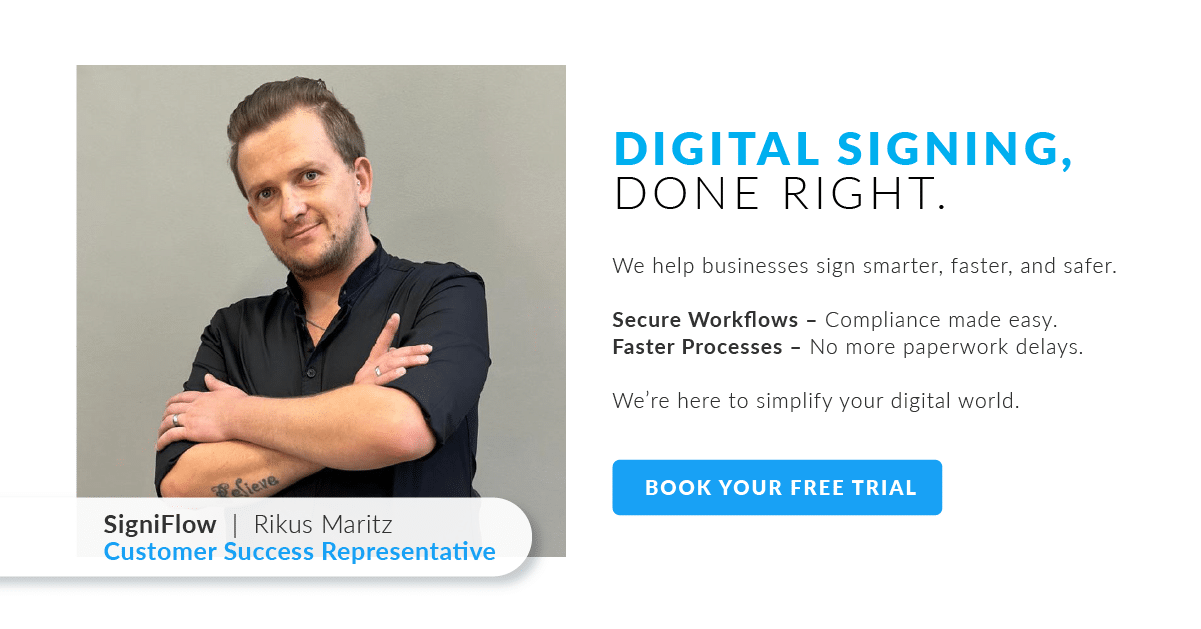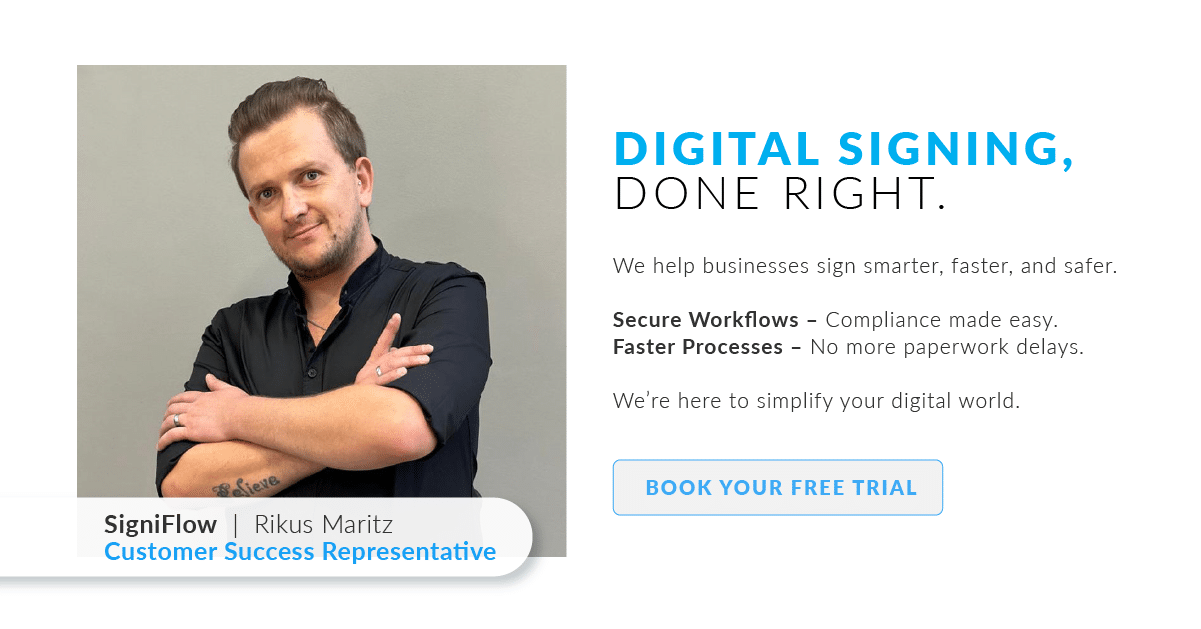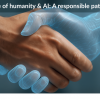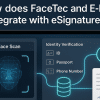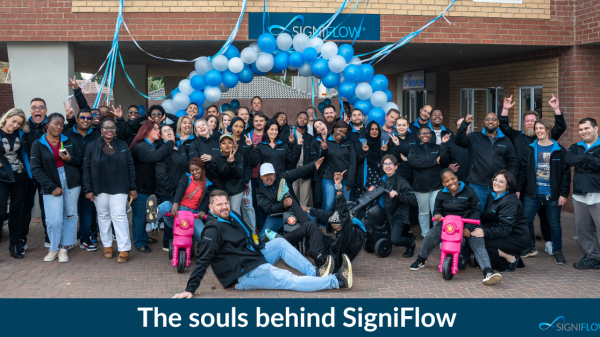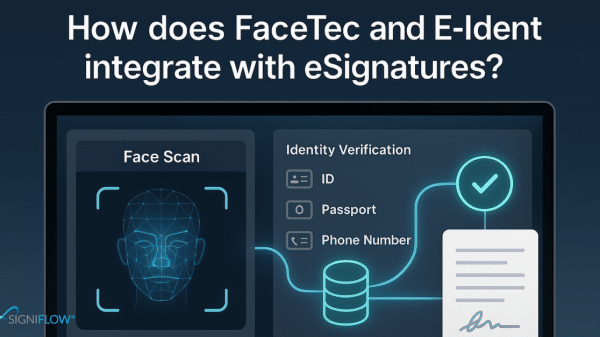Universities across the globe are overwhelmed by legacy systems and outdated processes. For many institutions, handling student admissions, faculty approvals, academic records, and campus-wide consent processes still involves manual tasks.
The result? Universities suffer from bloated paperwork systems that are inefficient, unsecure, and costly.
With digital tools becoming more accessible, there’s never been a better time for universities to rethink paperwork-heavy workflows and start modernising. The combination of streamlined data flows and digital tools gives universities a much-needed edge.
Universities that continue to depend on paperwork risk falling behind their peers who have already adopted digital tools and streamlined their admin.
The paperwork problem universities can’t ignore
It’s not just about reducing printing costs. For universities, the current approach to handling enrolment, faculty approvals, and student documents is a ticking time bomb. The paperwork generated by universities stacks up fast, often leaving little room for efficiency or compliance. Without digital tools, data is siloed, errors go unnoticed, and retrieving files is a full-day task.
Universities need scalable digital tools to transform paperwork into structured, secure, and searchable workflows. This challenge is not new. But as universities expand, the inefficiencies of paperwork systems become more pronounced, particularly when digital tools exist that can completely transform these legacy processes.
For example, many universities still use physical filing systems for academic records and consent forms. These paperwork systems are vulnerable to physical damage, and they create barriers to information access. When different departments require the same document, delays are inevitable.
With digital tools, universities can centralise their data repositories, allowing for fast, role-based access while still maintaining strict compliance.
Paperwork doesn’t offer that level of flexibility or control, especially in large, decentralised universities with multiple campuses.
Why digital tools give universities a paperwork breakthrough
From day one, digital tools allow universities to automate tasks that previously took hours. Think online consent forms, automated faculty sign-offs, and real-time tracking of academic record approvals. Instead of relying on slow, paper-bound systems, universities can cut paperwork and improve visibility across campuses.
Digital tools eliminate the friction between departments and ensure that everyone, from faculty managers to student services, can access what they need, when they need it. These small gains add up to significant time and cost savings across a university’s operations.
Digital tools also allow for workflows to be standardised and replicated. For example, once a university builds a template for onboarding new faculty or managing student admissions, the same process can be deployed across all faculties, reducing paperwork inconsistencies. Universities benefit from cleaner data, fewer errors, and more control over compliance-sensitive workflows.
Traditional paperwork models don’t offer these kinds of systemic improvements. Nor can they scale easily. Digital tools ensure that growth doesn’t come at the expense of efficiency.
Universities under pressure: Paperwork isn’t scalable
As student numbers grow, universities simply can’t afford to keep scaling paperwork. Manual processes slow down onboarding, delay academic scheduling, and increase compliance risk. POPIA requires institutions to handle personal data securely. Yet many universities still rely on paperwork that’s prone to errors and breaches.
Digital tools empower universities to replace legacy paperwork with secure, efficient, and fully auditable workflows. When regulations shift or processes need to adapt, paperwork struggles to keep up. Digital tools can be updated with just a few clicks.
Another pressing issue is the duplication of effort. In paperwork-heavy environments, multiple teams often replicate the same data entry tasks, leading to a higher likelihood of error and wasted resources. With digital tools, universities can integrate admissions data directly into academic record systems, eliminating the need for repeat data capture.
This is particularly useful for registrar offices and academic records officers managing thousands of records. Universities that switch to digital tools drastically reduce the paperwork load while improving accuracy.
How SigniFlow helps universities digitise paperwork with purpose-built digital tools
SigniFlow offers universities a smart, scalable solution to their paperwork woes. Through a single platform, universities can digitise student admissions, faculty onboarding, academic records, and consent forms.
These digital toolsare designed to help universities meet compliance, improve turnaround times, and reduce admin strain. The days of routing paper across campuses are over. Digital tools ensure paperwork is handled electronically and securely from start to finish.
SigniFlow’s workflow automation engine is fully customisable, allowing universities to replicate their approval chains as digital processes. Faculty operations managers no longer need to chase down physical signatures or coordinate courier pickups. Instead, the admin cycle is digitised, tracked in real time, and fully auditable.
These digital systems bring accountability and transparency—two things manual paperwork simply can’t guarantee. For universities looking to improve compliance and reduce admin burdens, this is a transformative step.
Advanced permission settings also ensure that sensitive documents—like disciplinary records or academic reviews—are only accessible to authorised users. With manual systems, there’s always the risk of files being lost or seen by the wrong person. SigniFlow puts universities back in control, helping them meet POPIA requirements and align with global best practices for data security.
Universities moving forward: The case for digital tools over paperwork
With higher education under constant pressure to modernise, universities can no longer let paperwork stand in the way of progress. Adopting digital tools means transforming how academic and administrative processes are executed. Universities that embrace digital tools over paperwork will not only see faster turnaround times but also improved compliance, fewer errors, and greater transparency. Now’s the time for universities to let go of outdated paperwork systems and commit to a smarter way of working.
Investing in digital tools isn’t just about today’s efficiencies. It’s about future-proofing universities for tomorrow’s challenges. As expectations around student experience, compliance, and institutional agility increase, paperwork simply doesn’t cut it anymore. Universities must respond by deploying digital tools that evolve with them.
Whether it’s scaling student intake, improving inter-departmental collaboration, or meeting stricter data governance standards, digital tools are the key. Paperwork has had its time. Now it’s time for universities to embrace smarter tools.
The real-world benefits: Universities replacing paperwork with digital tools
Take the registrar’s office. What once took three or four days—collecting physical signatures and consent forms—now takes a few hours. No delays. No missing documents. A full digital audit trail.
Academic records teams can retrieve documents instantly without digging through archives. This not only saves time but cuts printing, storage, and courier costs—freeing up budget for student services and infrastructure upgrades.
IT managers benefit too. Instead of maintaining outdated systems or tracking missing paperwork, they manage integrations with student information systems, email platforms, and third-party verifiers. The result? Fewer bottlenecks and far better oversight.
Universities embracing digital tools: What to expect next
Adopting digital systems doesn’t happen overnight—but the results start immediately. The best place to begin is with paperwork-heavy processes like admissions, onboarding, and academic record-keeping. Each successful rollout builds confidence and accelerates momentum.
Digital tools also support hybrid and remote collaboration. With staff spread across campuses—or working from home—universities need secure, real-time access to critical documents. Paper ties processes to a location. Digital sets them free.
Final thought: Smart universities choose digital tools over paperwork
Higher education is expected to do more with less, protect more sensitive data, and provide faster service—all without the delays of outdated paperwork. The solution is clear: digital tools that simplify, streamline, and secure admin processes across the institution.
Universities that adopt this approach send a powerful message to students, staff, and stakeholders: this is what a modern institution looks like.
With SigniFlow, replacing paper with smart, secure systems has never been easier. It’s time to step out of the filing cabinet, and into the future.












